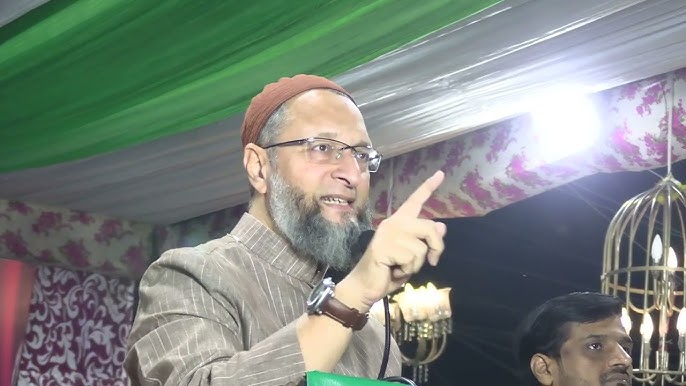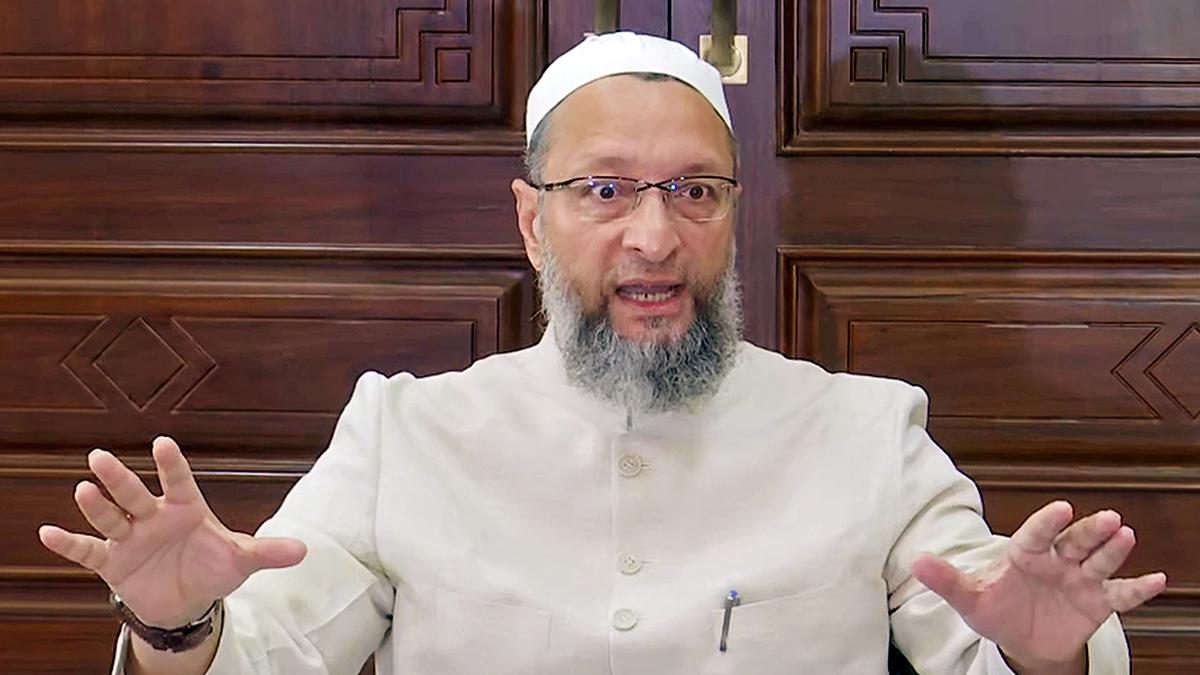'Our heart was almost stopping', ISRO Chairman after lunar Orbit insertion
Tue 20 Aug 2019, 16:30:49
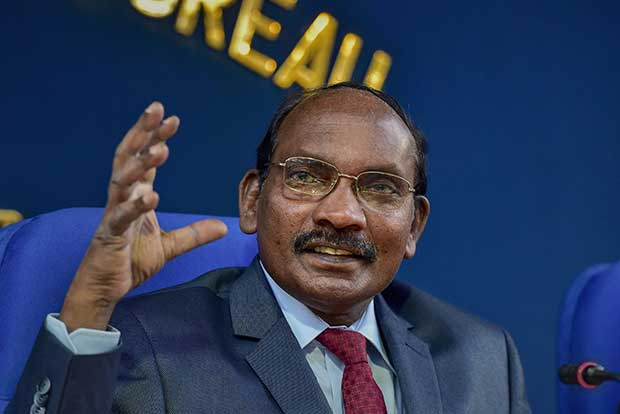
"Our heart was almost stopping", was how ISRO Chairman K Sivan described the tense moment when team Chadrayaan-2 attempted to inject the spacecraft into the lunar orbit on Tuesday.
As ISRO scientists started firing Chandrayaan-2's onboard liquid engine to put the spacecraft in an orbit around the Moon, Sivan said "our heartbeat increased".
"For 30 minutes, our heart was almost stopping," he told a press conference after the Lunar Orbit Insertion (LOI) maneuver was completed successfully at 0902 hours as planned, using the onboard propulsion system.
But Sivan said the proposed soft-landing on the Moon on September 7 is going to be a "terrifying" moment as it is something ISRO has not done before, whereas LOI maneuver had been carried out successfully during the Chandrayaan-1 mission.
"Now the tension has only increased, not reduced," he said.
However, ISRO was confident about the soft-landing.
"We have done enough tests, simulations...Sub-systems, systems...Sensor level...Whatever humanly possible, we did," he added.
Chandrayaan-2, launched on July 22 by GSLV MkIII-M1 vehicle, had entered the Lunar Transfer Trajectory on August 14. Chandryaan-2 comprises an Orbiter, Lander (Vikram) and Rover (Pragyaan).
The mission life of Orbiter would be one year, whereas that of lander (Vikram) and rover (Pragyan) would be one Lunar day, which is equal to 14 earth
days.
days.
According to ISRO, Chandrayaan 2 -- India's second lunar expedition -- would shed light on a completely unexplored section of the Moon, its South Polar region.
"This mission will help us gain a better understanding of the origin and evolution of the Moon by conducting detailed topographical studies, comprehensive mineralogical analyses, and a host of other experiments on the lunar surface", the space agency had said.
"While there, we will also explore discoveries made by Chandrayaan 1, such as the presence of water molecules on the Moon and new rock types with unique chemical composition", it was stated.
Following today's LOI, there would be four more maneuveres to make the spacecraft enter its final orbit, passing over the lunar poles at a distance of about 100 km from Moon's surface, ISRO said.
Subsequently, the Vikram lander would separate from the orbiter on September 2, the Bengaluru-headquartered space agency said.
Two orbit maneuveres would be performed on the lander before the initiation of powered descent to make a soft landing on the lunar surface on September 7.
The Orbiter carries eight scientific payloads for mapping the lunar surface and study the exosphere (outer atmosphere) of the Moon.
The Lander carries three scientific payloads to conduct surface and subsurface science experiments. The Rover carries two payloads to enhance the understanding of the lunar surface.
No Comments For This Post, Be first to write a Comment.
Most viewed from National
Most viewed from World
AIMIM News
Delhi Assembly polls: Owaisi leads Padyatra in Okhla
Feb 01, 2025
We reject this Waqf Amendment Bill: Asaduddin Owaisi
Jan 30, 2025
Latest Urdu News
Most Viewed
May 26, 2020
Which political party will win the Delhi Assembly polls to be held on Feb 5?
Latest Videos View All
Like Us
Home
About Us
Advertise With Us
All Polls
Epaper Archives
Privacy Policy
Contact Us
Download Etemaad App
© 2025 Etemaad Daily News, All Rights Reserved.

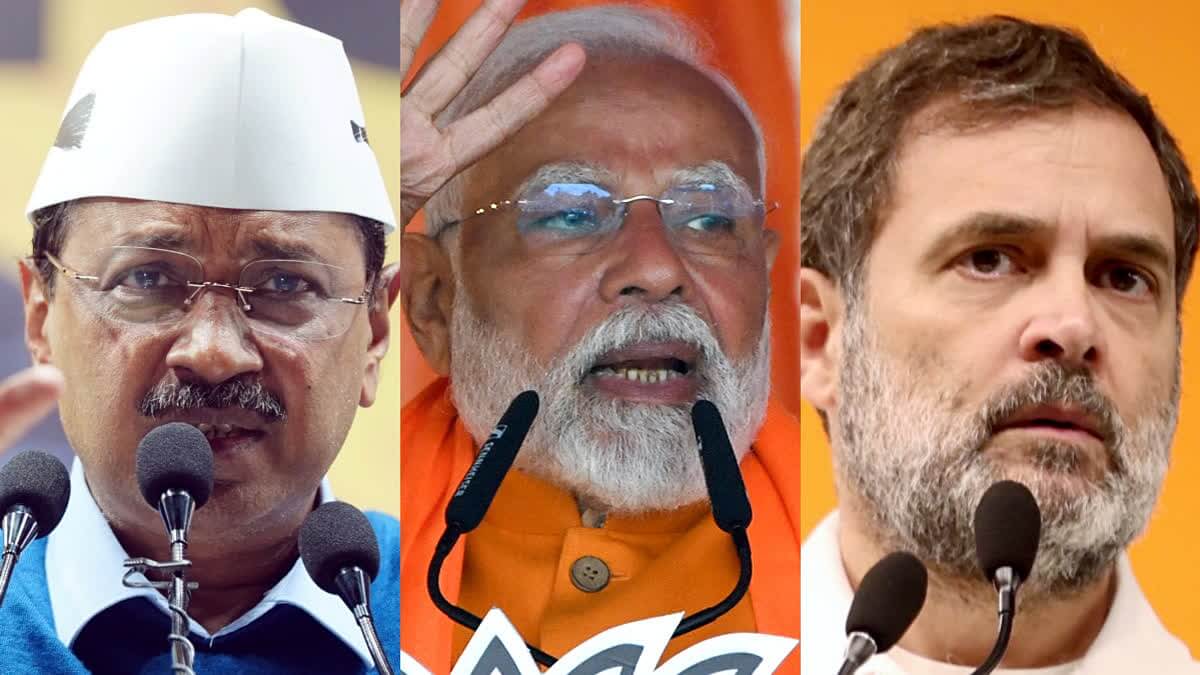
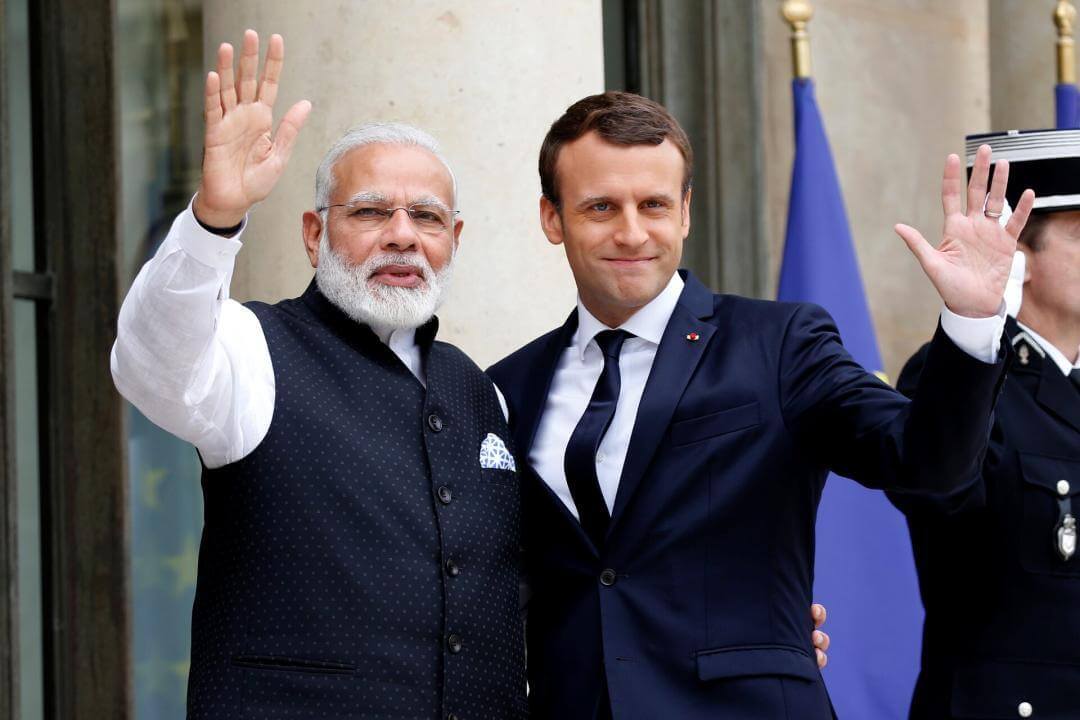
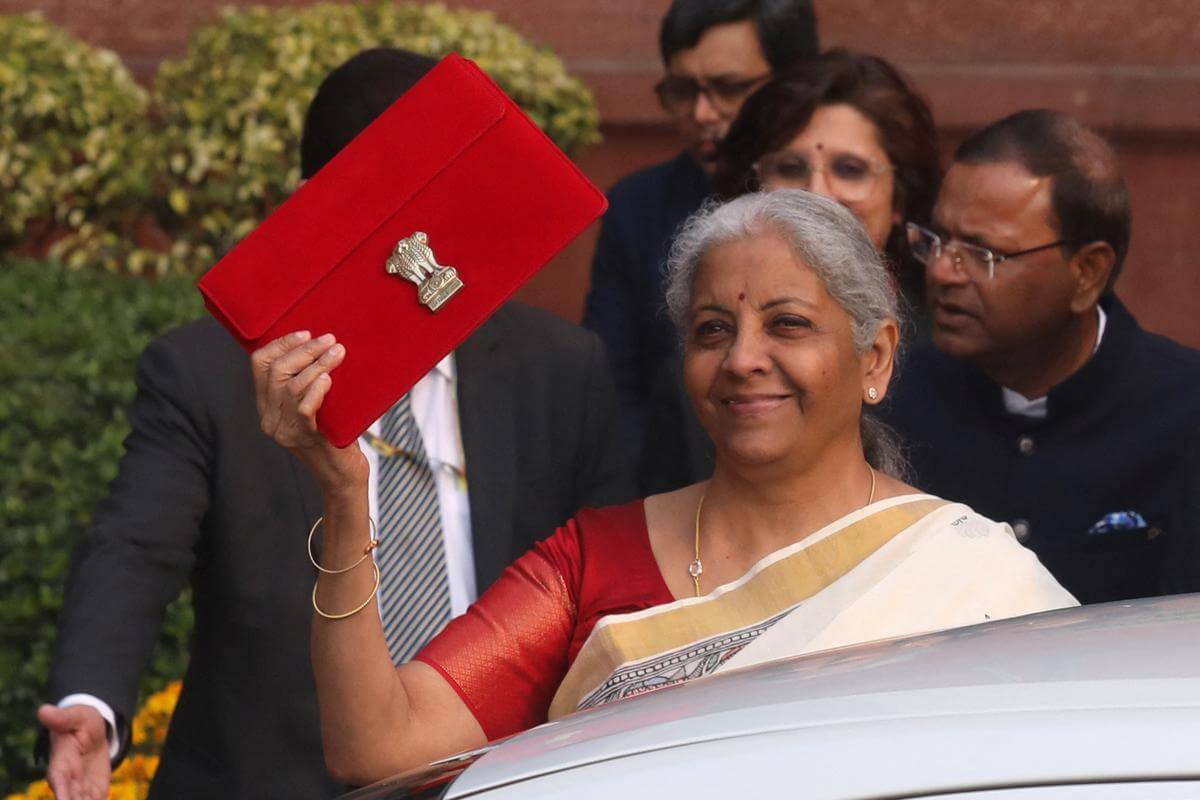
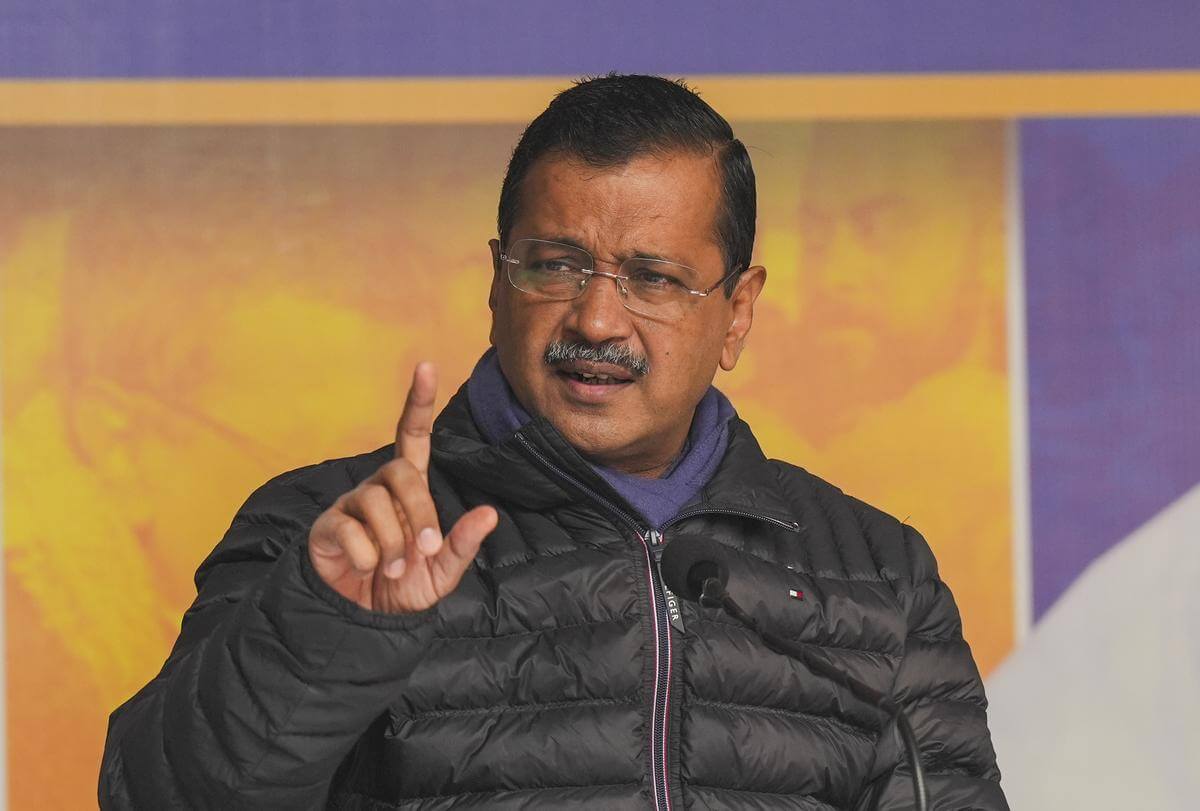
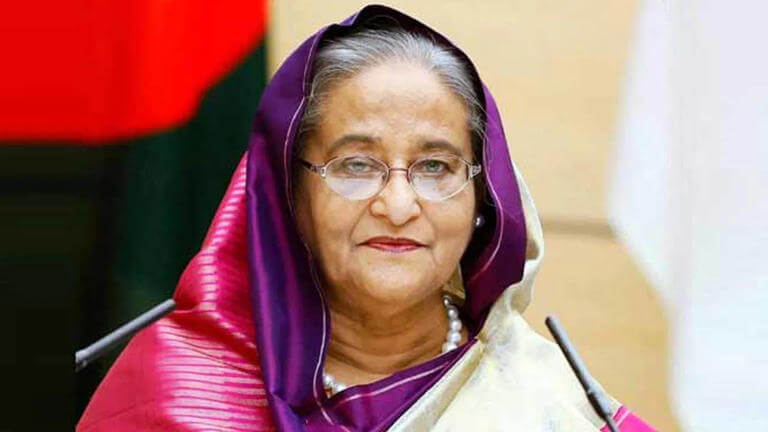
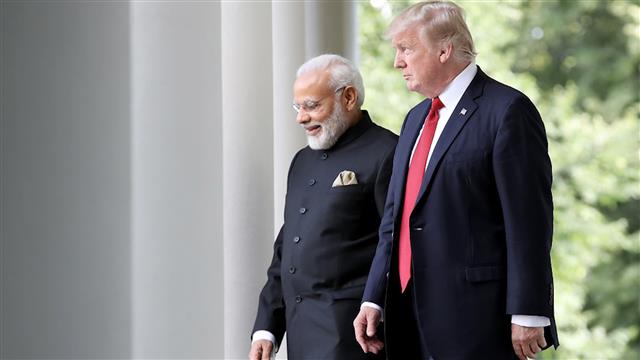
.jpg)
.jpg)
.jpg)
.jpg)
.jpg)
.jpg)
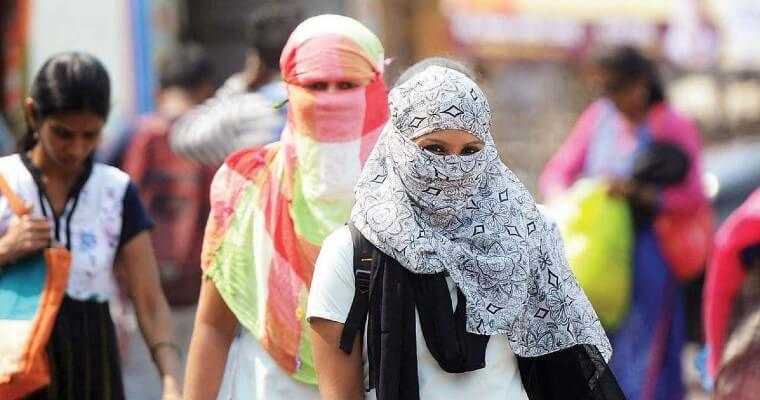
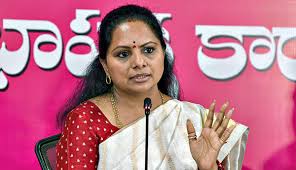
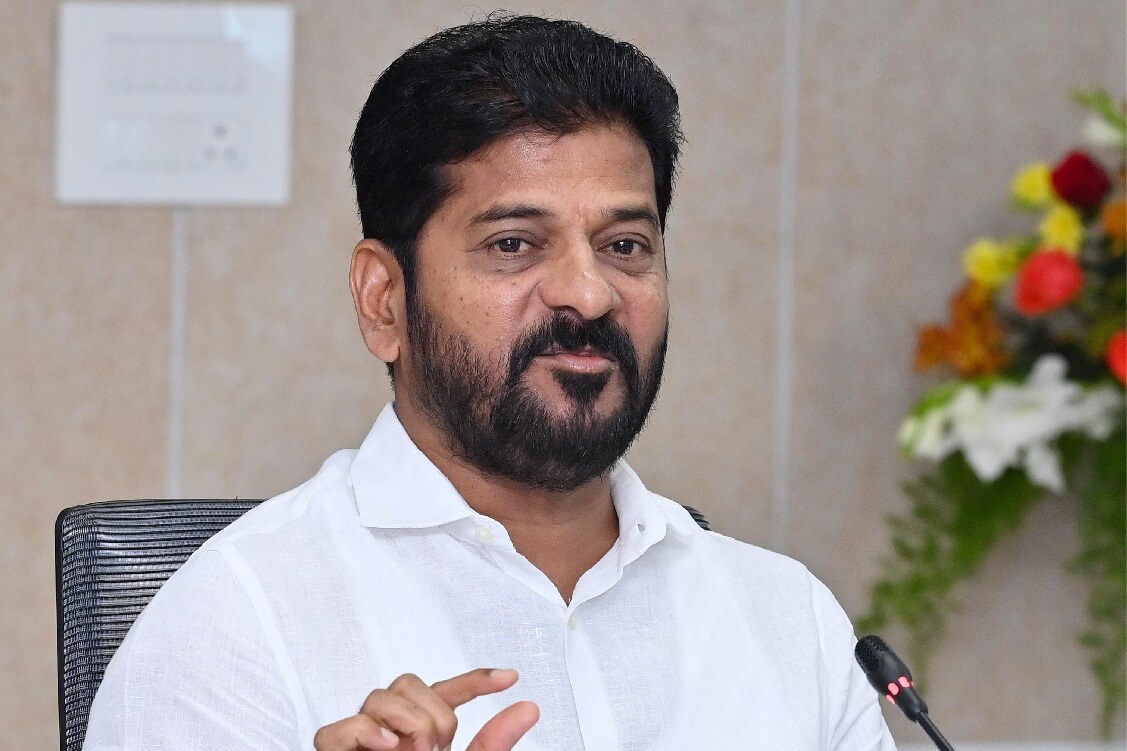
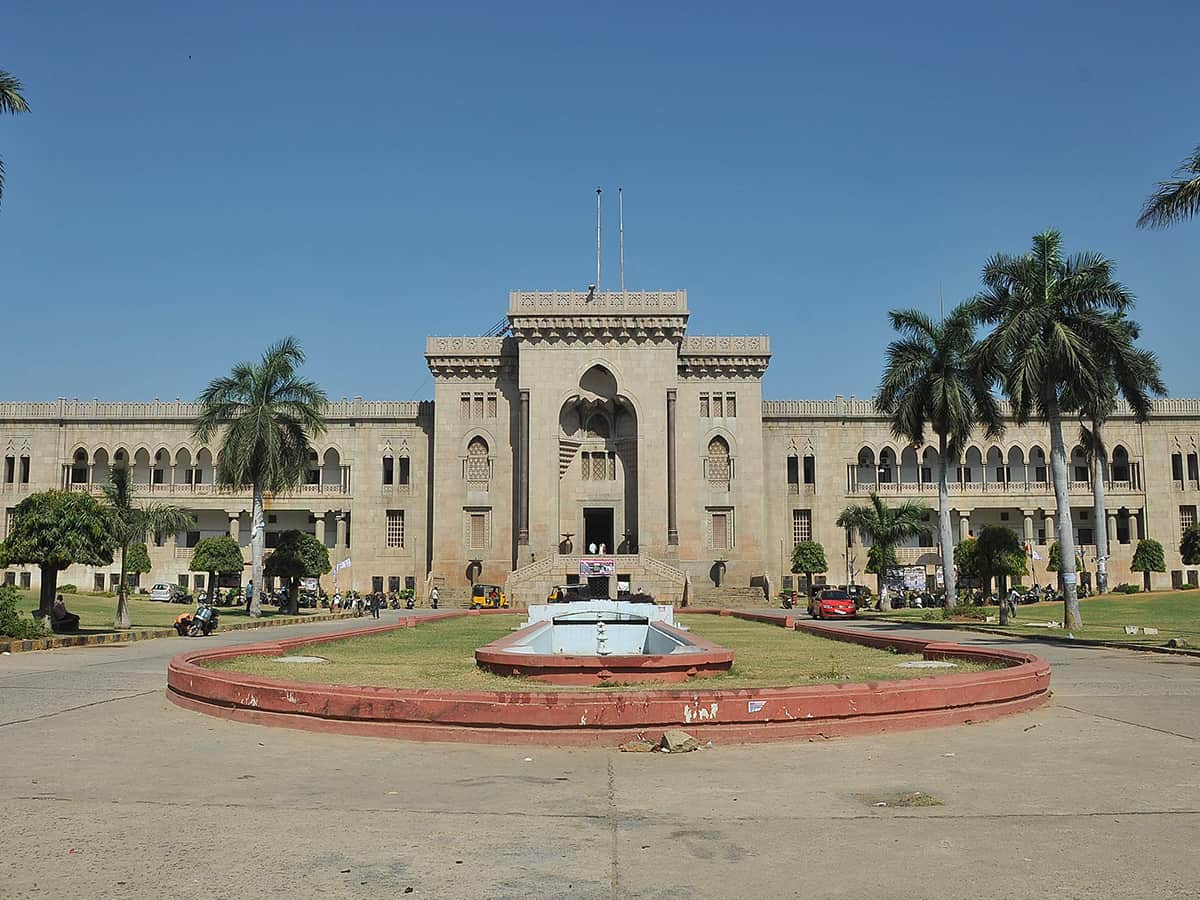
.jpg)
.jpg)
.jpg)
.jpg)
.jpg)
.jpg)
.jpg)
.jpg)










